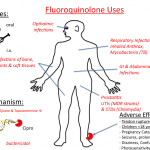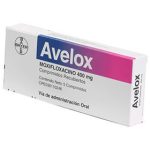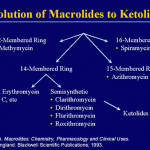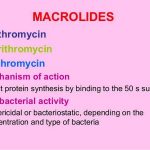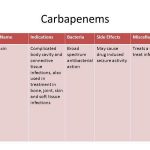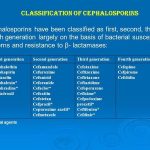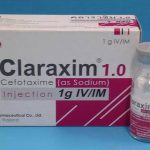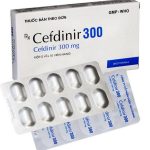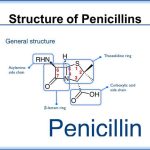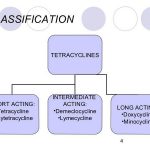
Tetracyclines are the prototypical broad-spectrum antibiotic and are occasionally used as first-line agents in some markets (e.g., Germany) for the treatment of mild acute exacerbations of chronic bronchitis, particularly when cost, penicillin hypersensitivity, and β-lactam resistance are of concern. The widespread use of tetracyclines has resulted in a steady increase in the prevalence of resistance to these agents. Therefore, empiric use of tetracyclines is usually restricted to regions where resistance levels remain low or when other appropriate antibiotics are contraindicated.

